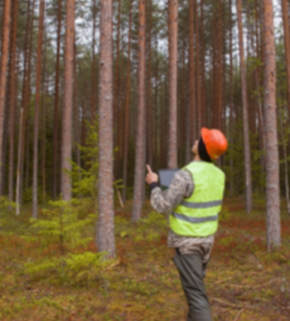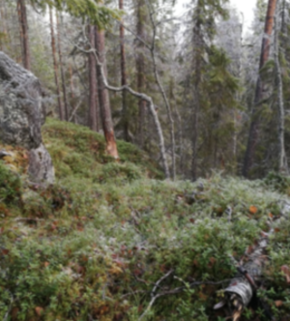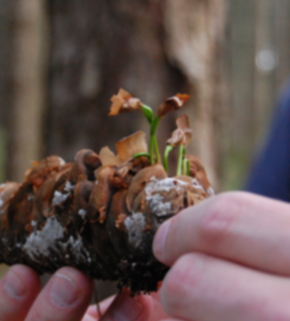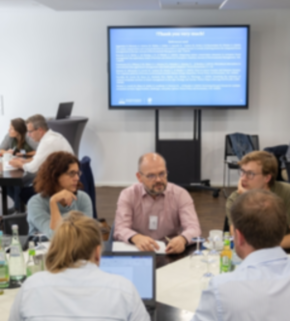
3. Implementation

Once the baseline work and planning phase of a forest restoration project are complete, the next critical step is the implementation. In this stage, your restoration vision and objectives are put into action, transitioning from theoretical ideas to practical, on-site activities. These activities usually encompass a range of tasks such as site preparation, planting, invasive species management and soil restoration among others.
Successful implementation requires you to consider several key aspects: Effective communication between planners and fieldworkers, the appropriate selection of tools and equipment, and the systematic prioritization of activities are all relevant elements ensuring that your restoration goals can be achieved. Moreover, the ability to adapt to site-specific challenges and capitalize on emerging opportunities is essential, as each restoration site presents a unique set of ecological, logistical, and socio-economic conditions.
3.1 Translation from planners to implementation workers in the field
From planning to action: Translating forest restoration plans into fieldwork
3.2 Prioritization in the field
Clear priorities and adaptive planning ensure that interventions are both effective and sustainable.
3.3 Materials, tools and supplies
Prioritizing sustainable and locally sourced materials helps reduce the ecological footprint of restoration projects. Digital tools, like GIS, can support clear tracking and organization of these resources.
3.4 Enhancing natural ecosystem recovery processes
Restoration often focuses on supporting natural ecosystem recovery, though returning to a historical state is not always possible. Instead, the goal is to enhance the forest’s resilience, ensuring it can maintain essential functions, adapt to change, and recover from disturbances.







